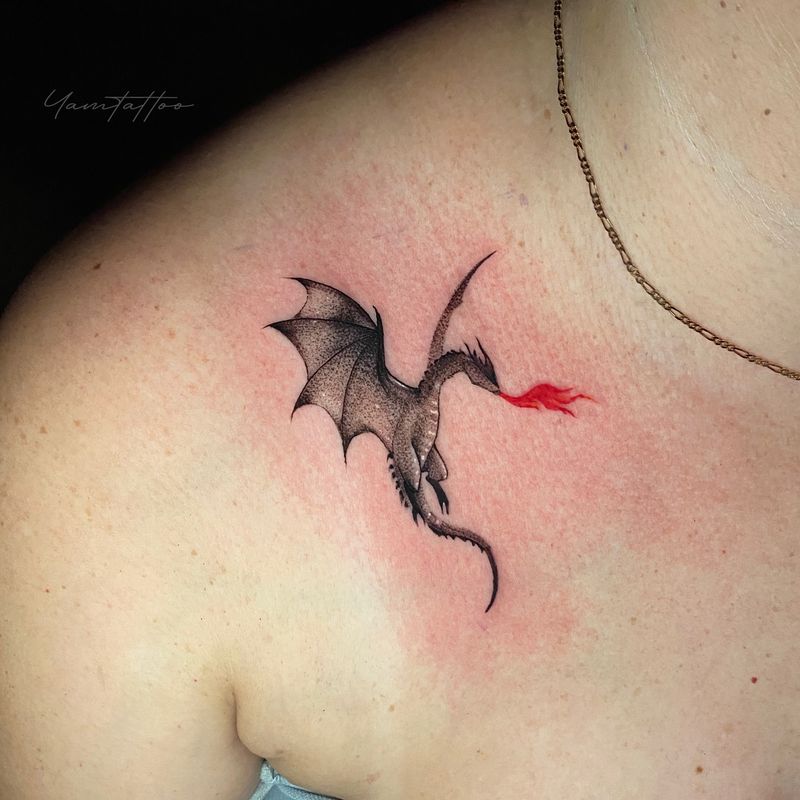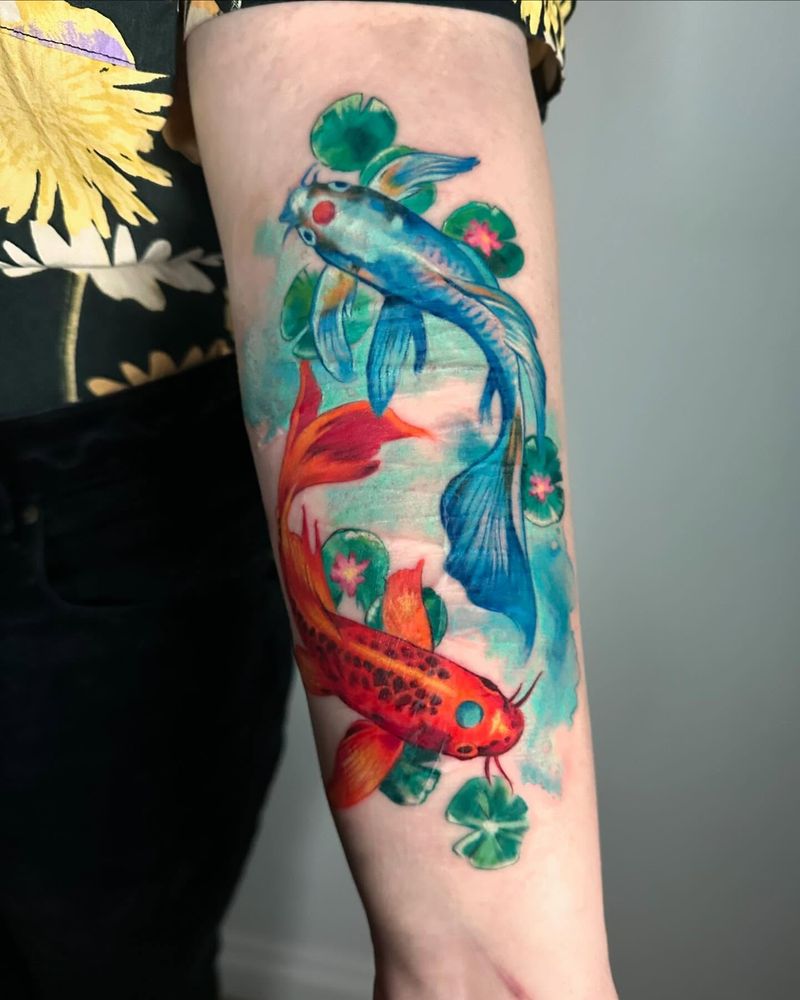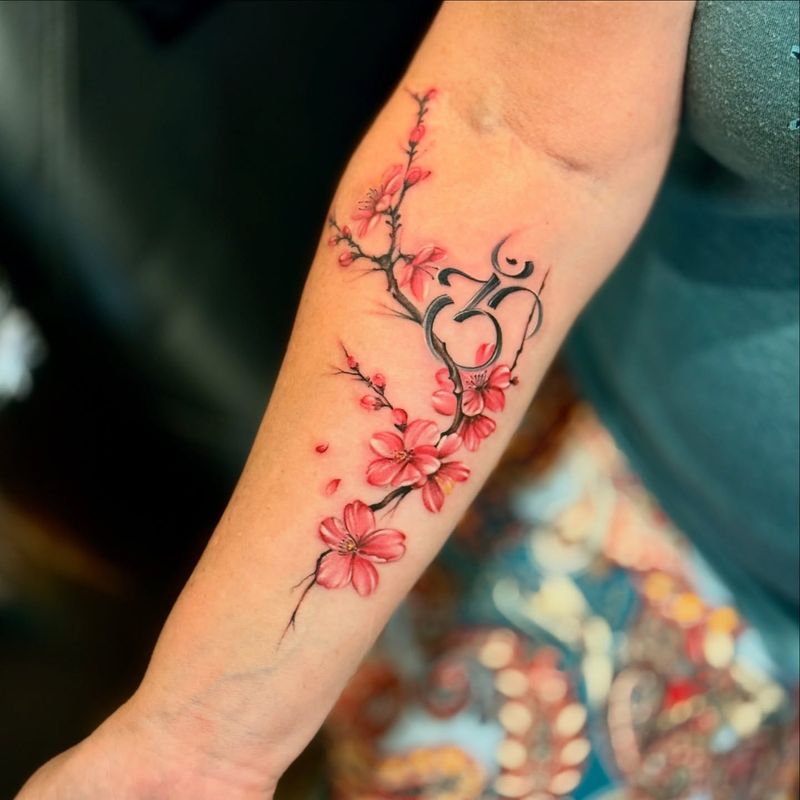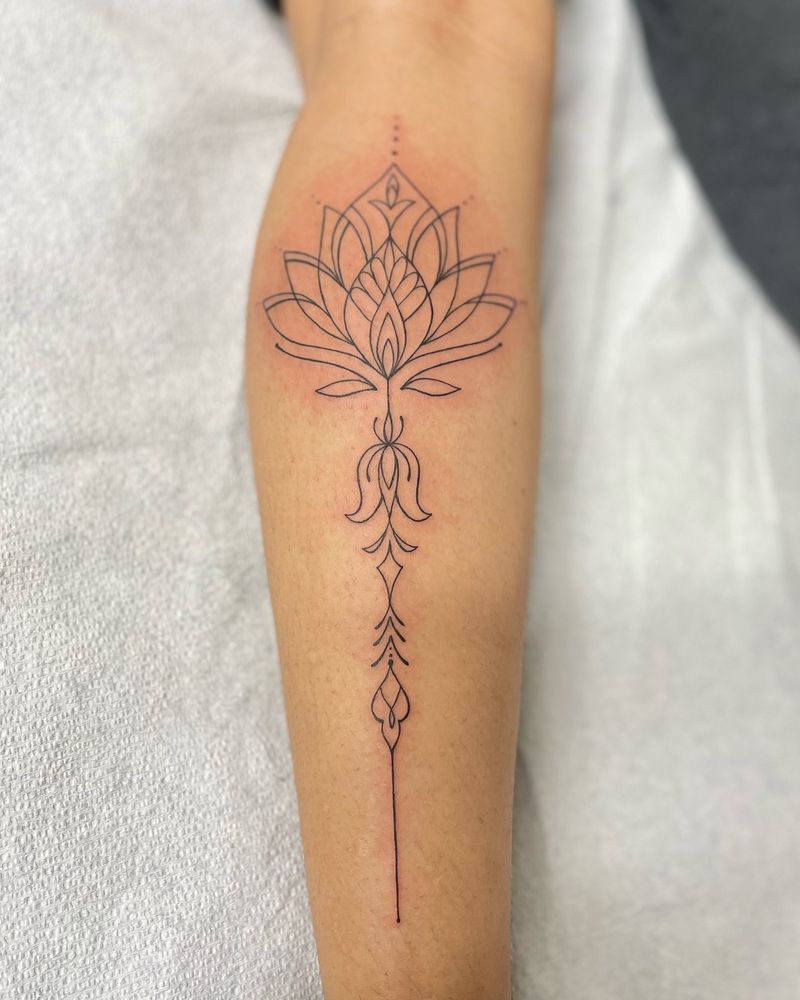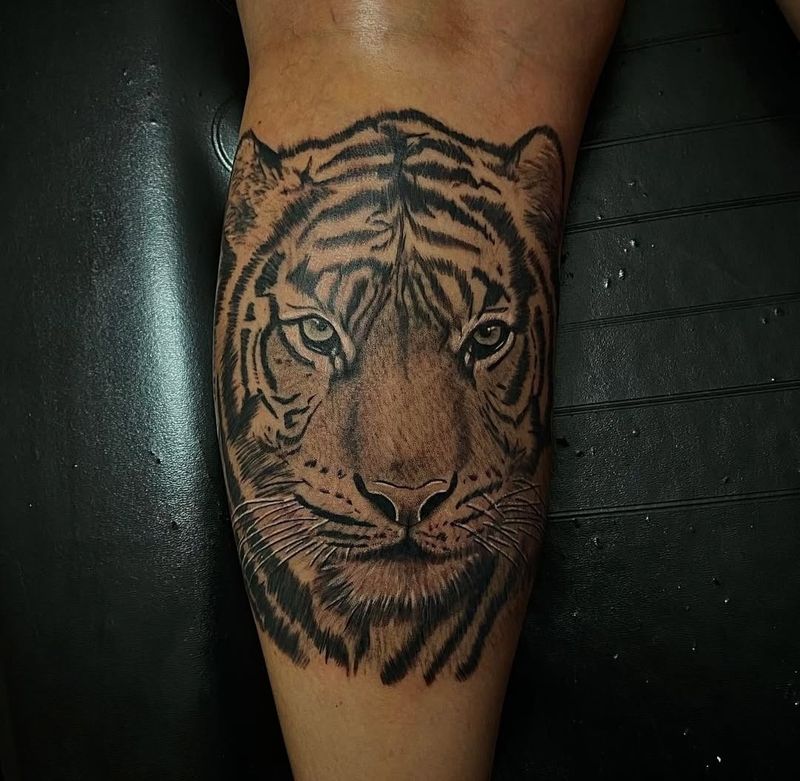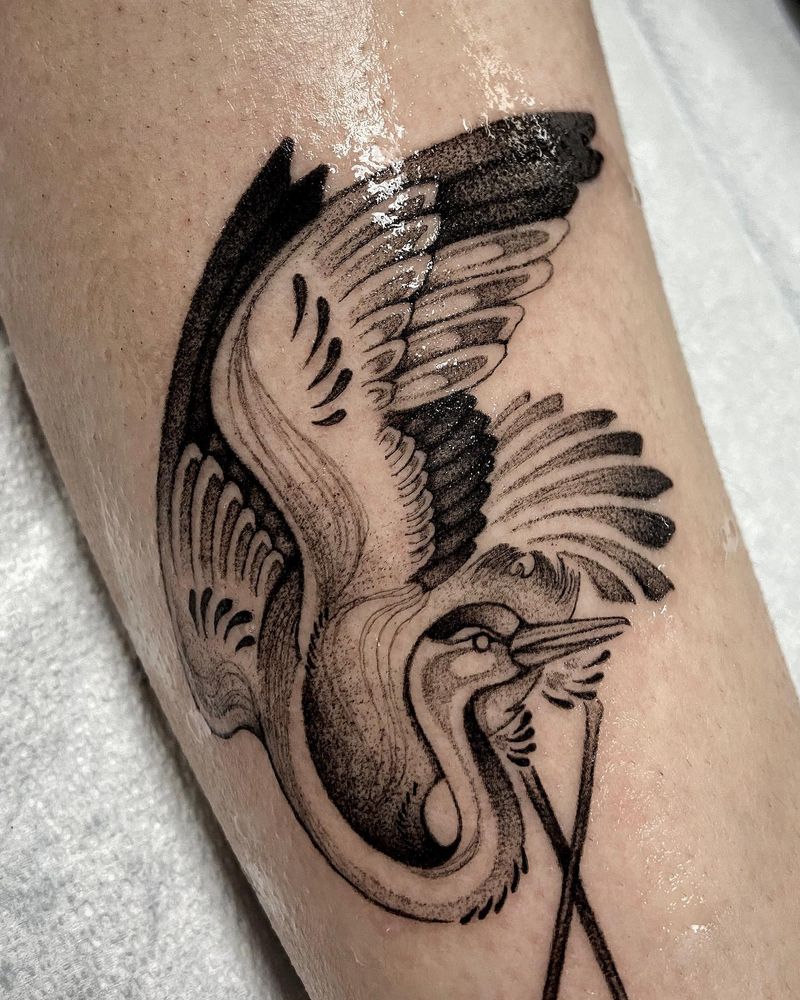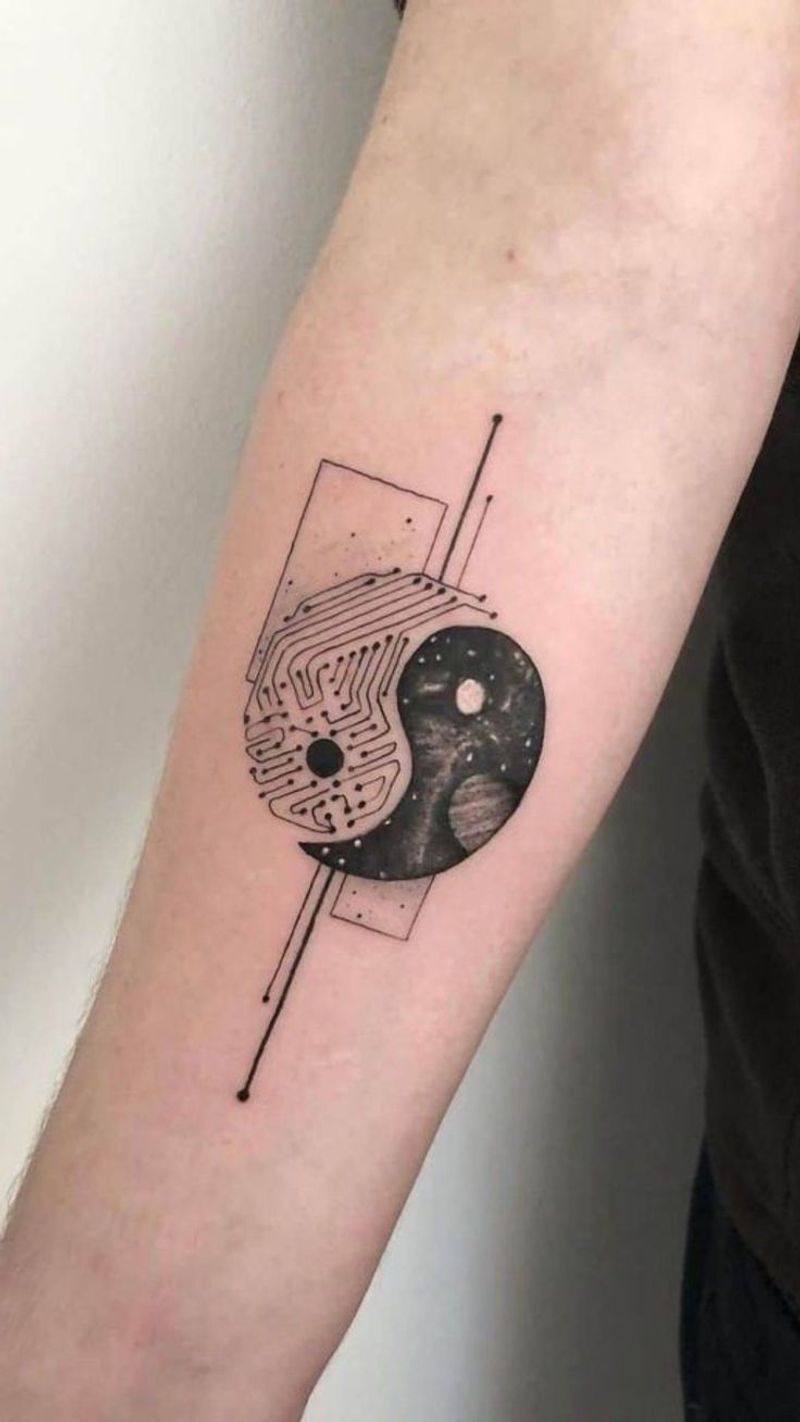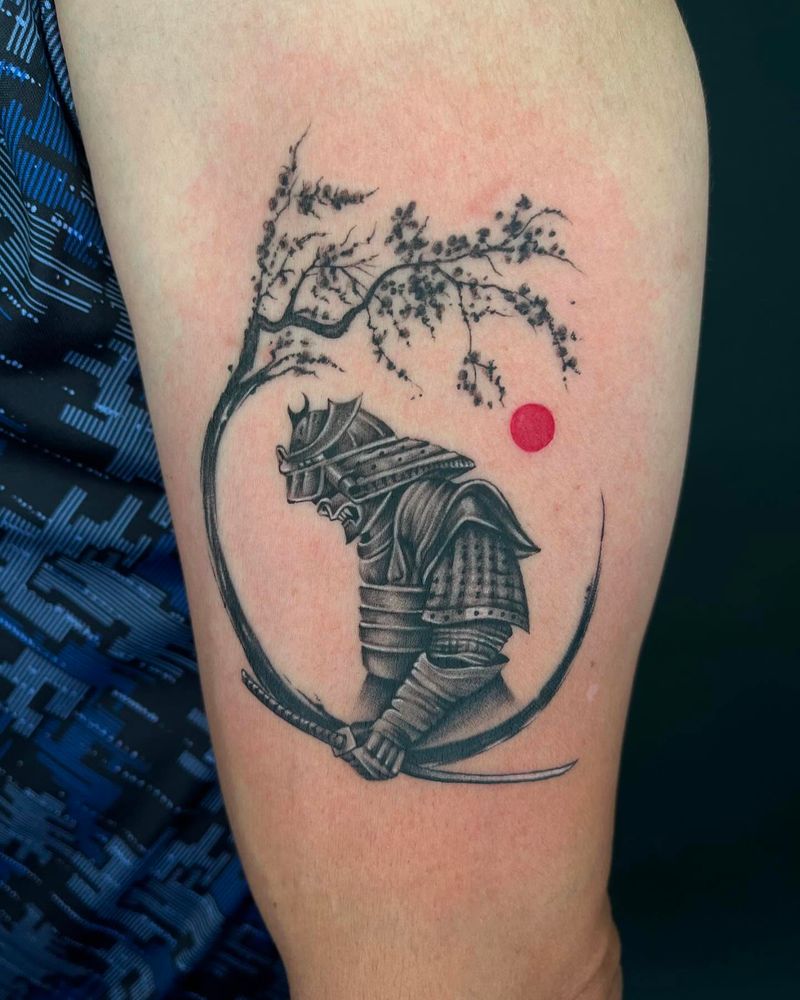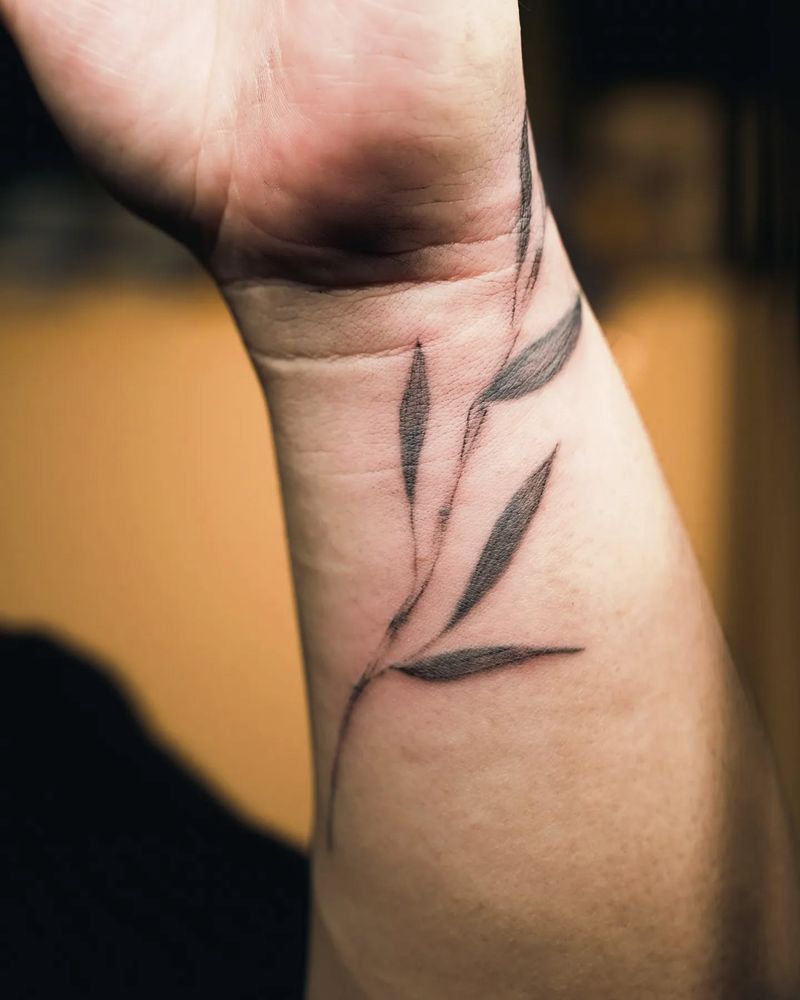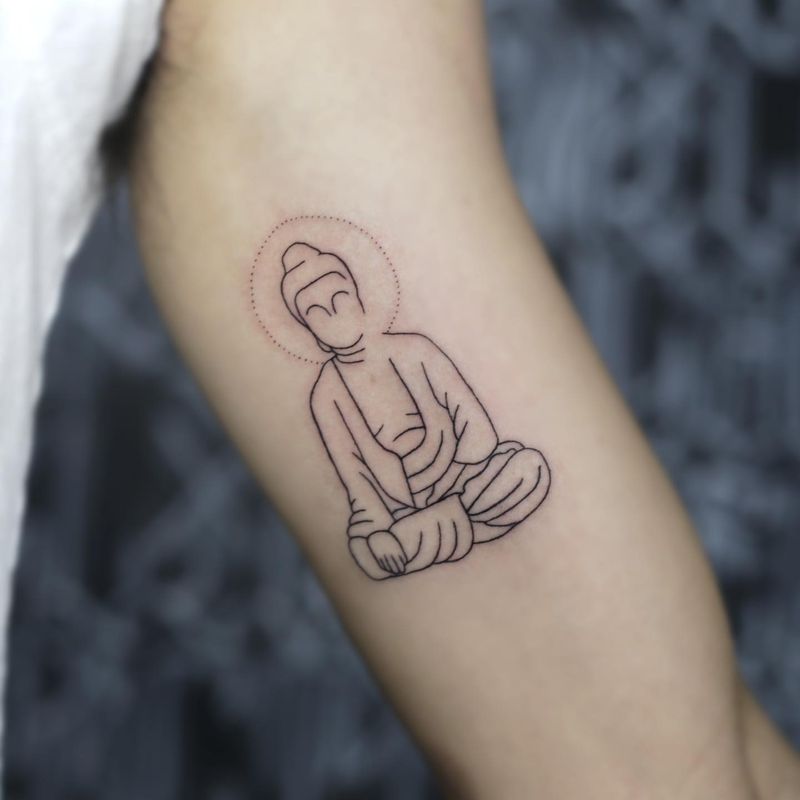10 Best Asian Tattoo Designs With Meanings
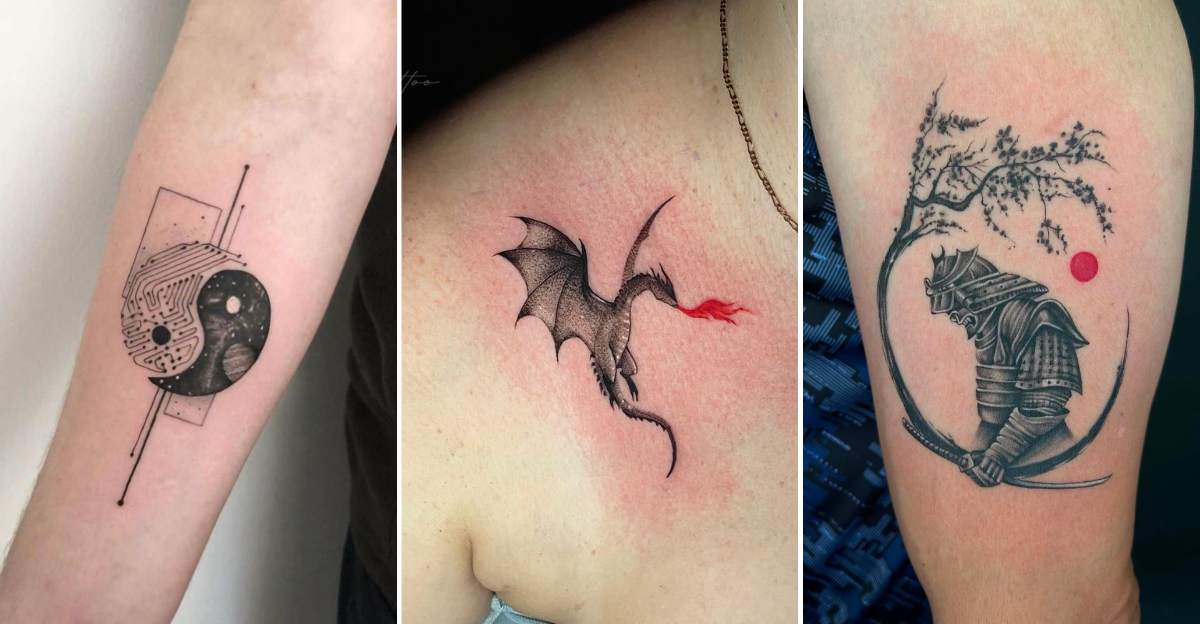
Asian tattoo art carries centuries of cultural significance that continues to captivate people worldwide.
I’ve been fascinated by these designs since my first trip to Japan, where I saw firsthand how deeply meaningful these symbols can be.
From powerful dragons to serene Buddha figures, each design tells a story and carries wisdom from ancient traditions. Ready to find inspiration for your next ink?
Here are my top picks for Asian tattoo designs that combine stunning artistry with profound meaning.
1. Dragon Tattoos – Power That Breathes Fire
Dragons reign supreme in Asian tattoo culture. Unlike Western dragons seen as evil, Eastern dragons symbolize good fortune and divine protection. My cousin got a shoulder-to-back dragon piece after surviving cancer – for him, it represents the strength that pulled him through treatment.
The curving, flowing design works beautifully on larger body areas like the back, thigh, or full sleeve. Look for artists who understand the traditional proportions – five-toed imperial dragons carry the most prestige in Chinese tradition. Most designs show dragons with pearls (representing wisdom) or surrounded by clouds and water, emphasizing their role as weather deities.
2. Koi Fish – Swimming Against Life’s Current
Nothing says perseverance quite like the koi fish. I remember meeting an older Japanese businessman who revealed a stunning koi sleeve during a casual dinner – he explained it represented his journey from poverty to success.
Legend tells of koi swimming upstream against the Yellow River’s powerful current, transforming into dragons upon reaching the waterfall’s top. This symbolism makes koi perfect for anyone overcoming obstacles or going through personal transformation.
Colors matter tremendously: red koi symbolize love, black represents overcoming obstacles, and gold signifies wealth and prosperity. The direction they swim also changes meaning – upstream for struggle, downstream for having overcome challenges.
3. Cherry Blossom – Beautiful Impermanence
Cherry blossoms captured my heart during spring in Kyoto. Their fleeting beauty – blooming gloriously for just a week before falling – perfectly embodies the Japanese concept of mono no aware: the bittersweet appreciation of life’s impermanence.
These delicate pink blooms make gorgeous tattoos for those embracing life’s transient nature. My friend chose a cherry blossom branch wrapping around her wrist after losing her mother, finding comfort in this symbol of life’s fragile beauty.
Traditional designs often incorporate wind elements showing petals in various stages of falling. Some add small birds or butterflies among the blossoms, enhancing the feeling of fleeting moments worth cherishing.
4. Lotus Flower – Rising From Muddy Waters
The lotus flower grows from murky waters yet blooms immaculately clean – what powerful symbolism! A Thai monk once told me this represents our ability to rise above difficult circumstances with purity intact.
Buddhists revere the lotus as representing spiritual awakening. Each stage of the flower carries meaning: closed buds symbolize potential, while fully bloomed lotuses represent enlightenment. Colors deepen the symbolism – white for purity, pink for divine love, blue for wisdom.
Women often choose lotus designs for the sternum, back, or shoulder blade areas. Men typically place them on forearms or as part of larger sleeve designs incorporating water elements to enhance the “rising from mud” symbolism.
5. Tiger – Fierce Protection With Stripes
Tigers embody raw power that commands respect. My martial arts teacher showed me his traditional tiger tattoo – inked after 20 years of training – representing the fierce protection he provides his family.
In Chinese culture, tigers guard against evil spirits and bring protection to homes. The positioning matters significantly: a climbing tiger represents overcoming challenges, while a prowling tiger symbolizes patience and strategic thinking.
Traditional Asian tiger tattoos feature bold black stripes with vibrant orange bodies, often surrounded by bamboo, mountains, or wind elements. The eyes are particularly important – artists spend extra time capturing their intensity to convey the tiger’s watchful, protective spirit.
6. Crane – Graceful Wings Of Longevity
Cranes hold special meaning in my family – my grandmother collected crane art believing these elegant birds bring long life. In Japanese, Chinese and Korean traditions, cranes symbolize longevity, good fortune, and fidelity (they mate for life!).
The clean lines of a crane’s silhouette create striking minimalist tattoos. Many designs show cranes in flight or standing elegantly among water elements, sometimes with a red crowned head for added visual impact.
I’ve seen beautiful crane tattoos on ankles, inner forearms, and shoulder blades. They pair wonderfully with cherry blossoms, pine trees or waves – all symbols of endurance and grace. For couples, paired crane tattoos represent lasting commitment and harmony.
7. Yin Yang – Perfect Balance In Circular Form
The first Asian symbol that caught my attention as a teenager was the yin yang. Its perfect visual harmony instantly communicates balance between opposing forces – light/dark, masculine/feminine, active/passive.
Beyond the basic black and white design, traditional versions incorporate the five elements (water, fire, earth, metal, wood) or mythical creatures like the dragon and tiger representing opposing cosmic forces. Some artists add cherry blossoms or waves flowing from the symbol to create more dynamic designs.
While simple yin yang tattoos work anywhere on the body, elaborate designs featuring additional elements suit larger areas like the back or thigh. I’ve noticed more people incorporating this ancient Taoist symbol with modern geometric patterns for a contemporary twist.
8. Samurai – Inked Code Of Honor
Samurai tattoos speak to me on a personal level – my grandfather served in the military and lived by similar principles of discipline and honor. These warrior designs represent the bushido code: loyalty, courage, honor, and self-discipline.
Traditional samurai tattoos show warriors in various poses – meditation, battle stance, or drawing their katana. Artists often incorporate elements like cherry blossoms (representing the samurai’s acceptance of death) or kanji characters for strength or courage.
The level of detail makes these designs perfect for larger areas like the back, chest, or full sleeve. More subtle options include just the helmet or sword. Women sometimes choose female samurai (onna-bugeisha) designs, celebrating the lesser-known but equally formidable female warriors of feudal Japan.
9. Bamboo – Flexible Strength That Never Breaks
After surviving a major storm that toppled mighty oaks but left bamboo standing, I gained new appreciation for this humble plant. Bamboo bends with the wind rather than resisting it – a powerful metaphor for resilience and adaptability.
In Chinese culture, bamboo represents strength, flexibility, and longevity. The segments of the bamboo stalk symbolize the stages of life and the path toward enlightenment. Green bamboo signifies youth and prosperity, while black ink designs emphasize its structural integrity.
Bamboo tattoos work beautifully as vertical designs along the spine, forearm, or calf. Many incorporate elements like mountains, birds, or water to create traditional landscape scenes. The simplicity of bamboo also makes it perfect for minimalist brush-stroke style tattoos.
10. Buddha – Serene Face Of Enlightenment
Buddha tattoos remind me to stay centered during chaos. During a particularly stressful period in my life, I found myself drawn to Buddha imagery in meditation spaces – that serene half-smile containing all the wisdom of the universe.
Different Buddha poses convey different meanings: the meditation pose (hands in lap) represents contemplation, while the teaching Buddha (one hand raised) symbolizes sharing wisdom. The laughing Buddha with his round belly embodies abundance and joy rather than the historical Buddha.
These designs require respectful placement – never below the waist according to Buddhist tradition. The face or head of Buddha works well on the upper back, chest, or shoulder. Some opt for just the eyes or hands in mudra positions for more subtle spiritual reminders.

